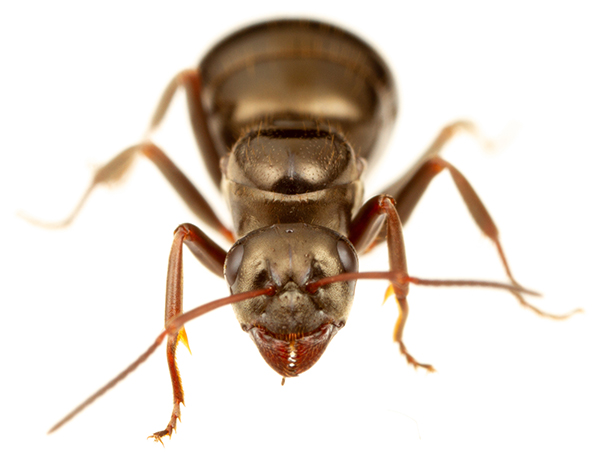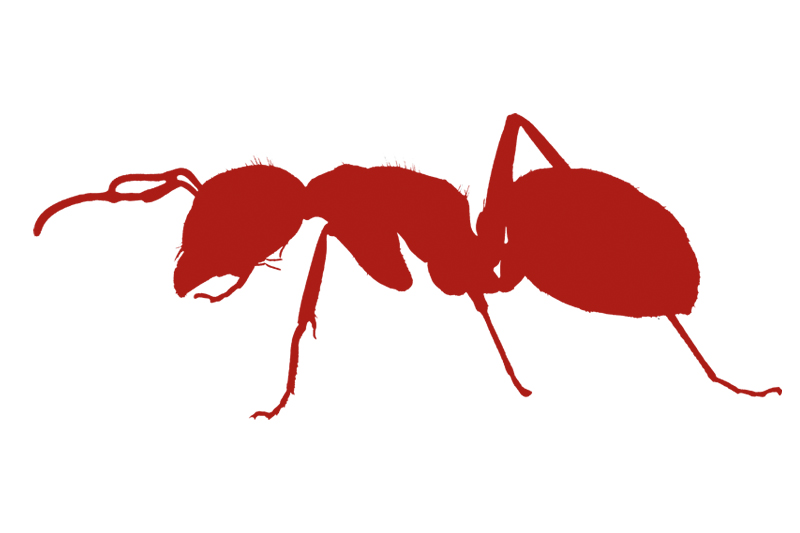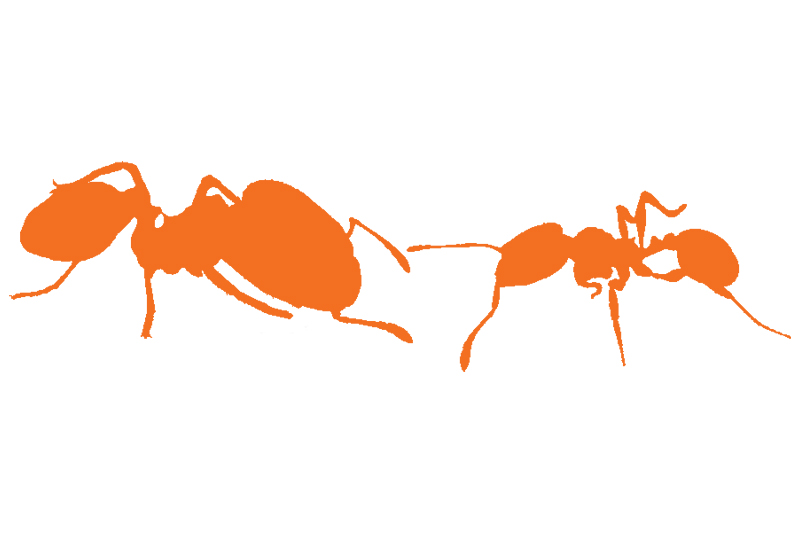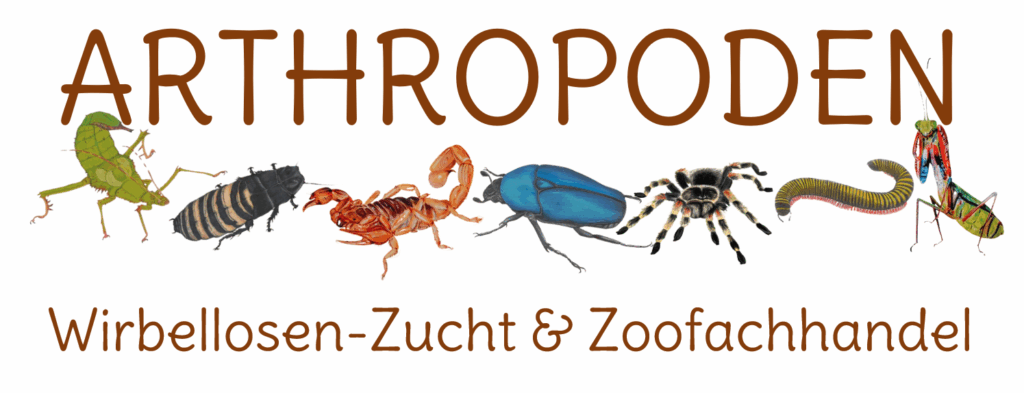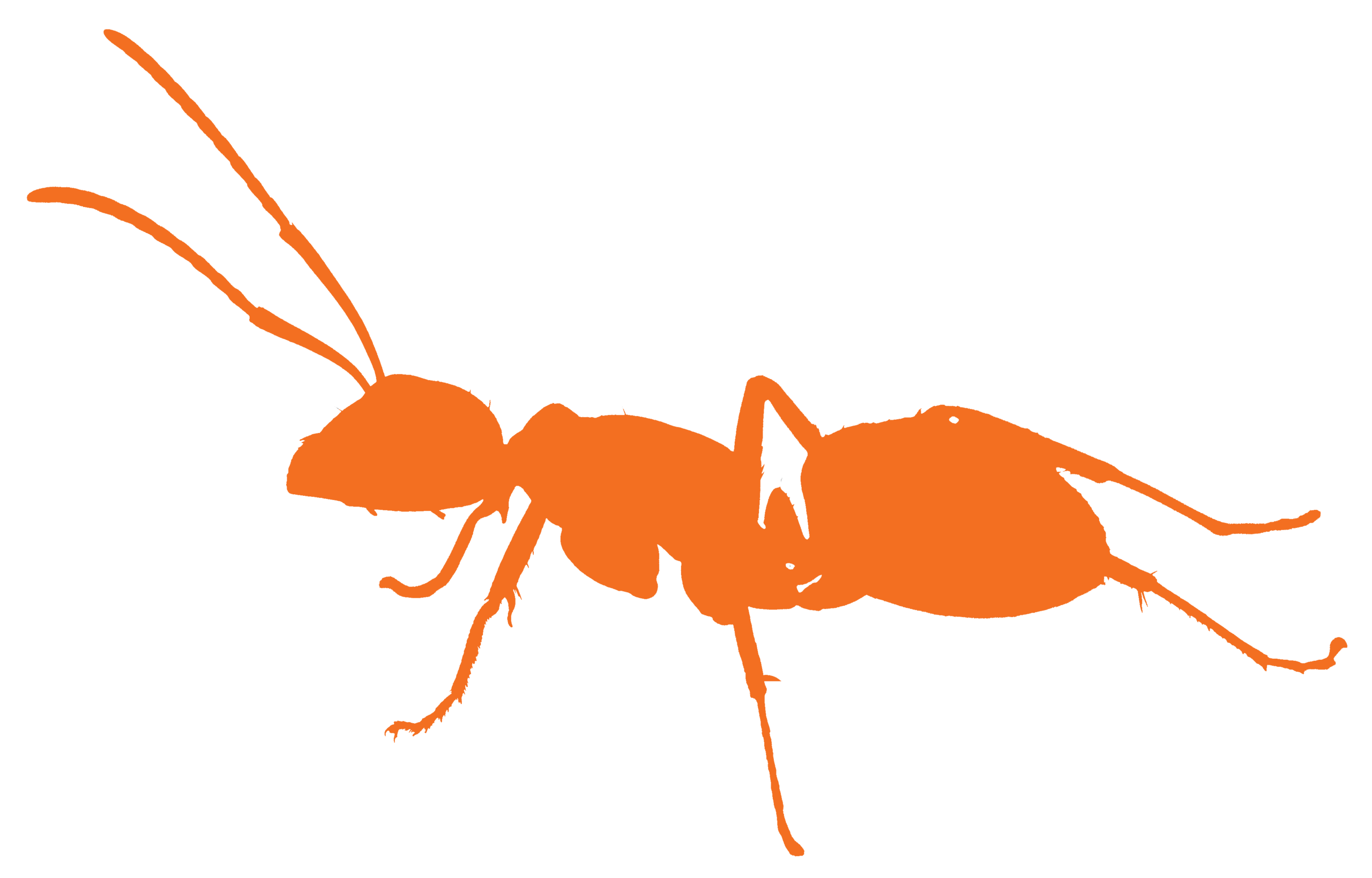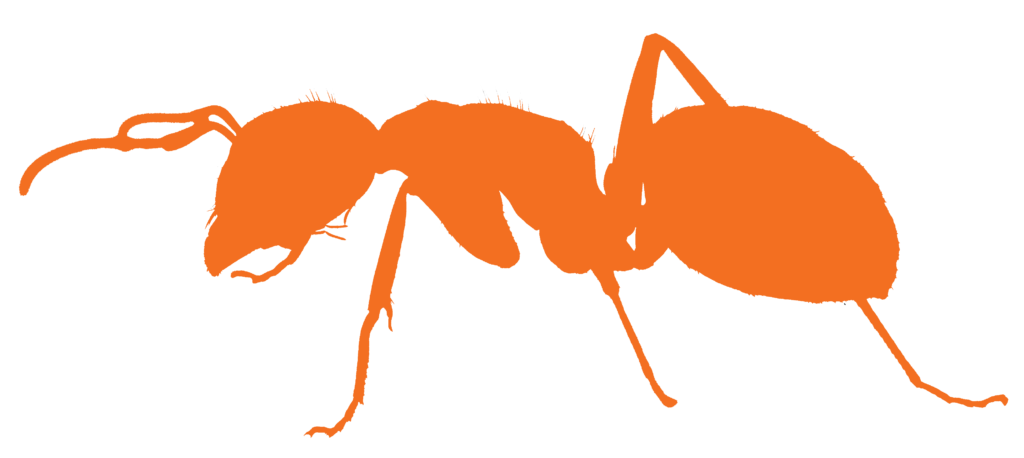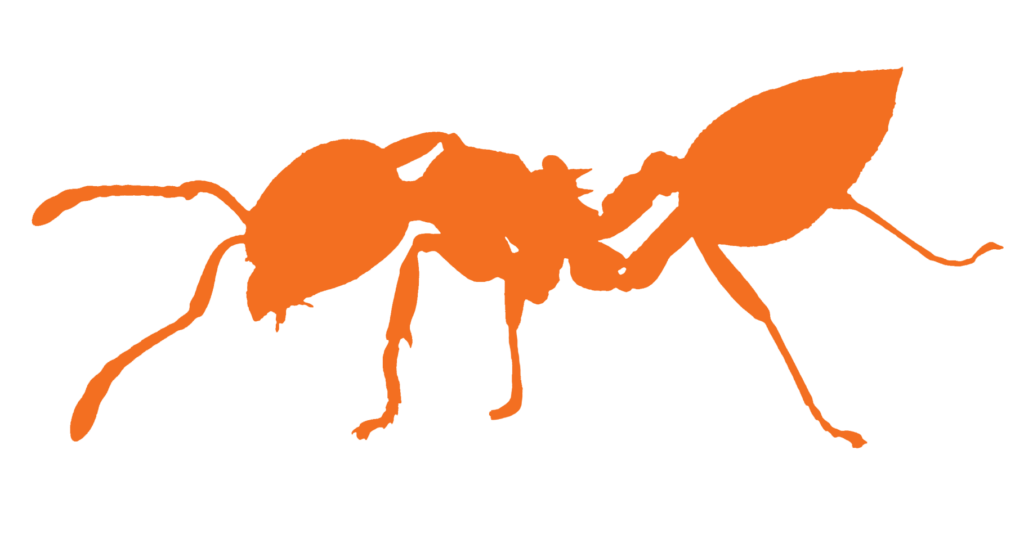
I offer workshops for children, families, and adults, as well as professional lectures for anyone interested. You can find my list of topics here; lectures and workshops with a special focus or for specific events are also possible upon request.
All workshops and lectures can be booked individually. If a public event is taking place, you will find all related information under Events!
For companies, I have a special offer — more on that here.
I look forward to diving into the fascinating world of ants, insects, and arthropods together with you!

